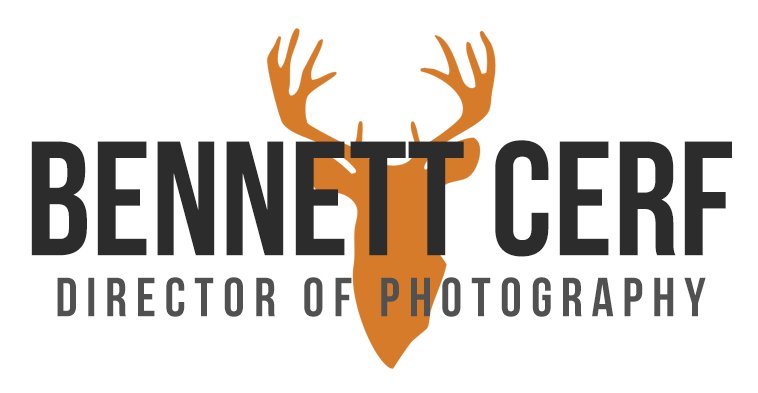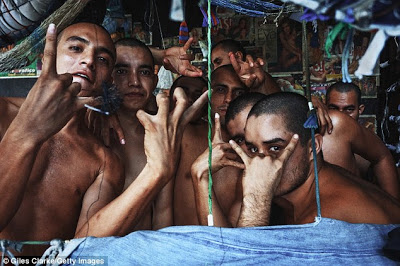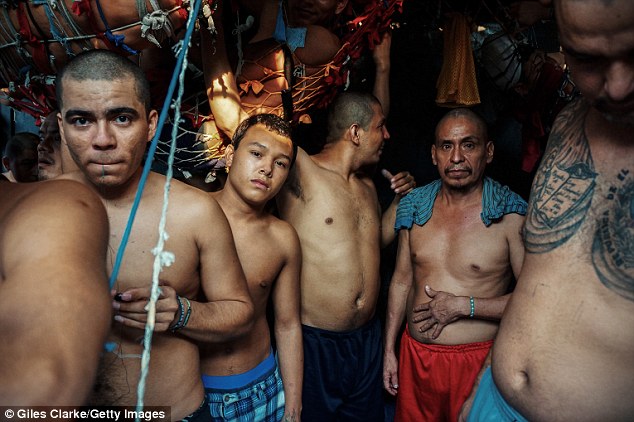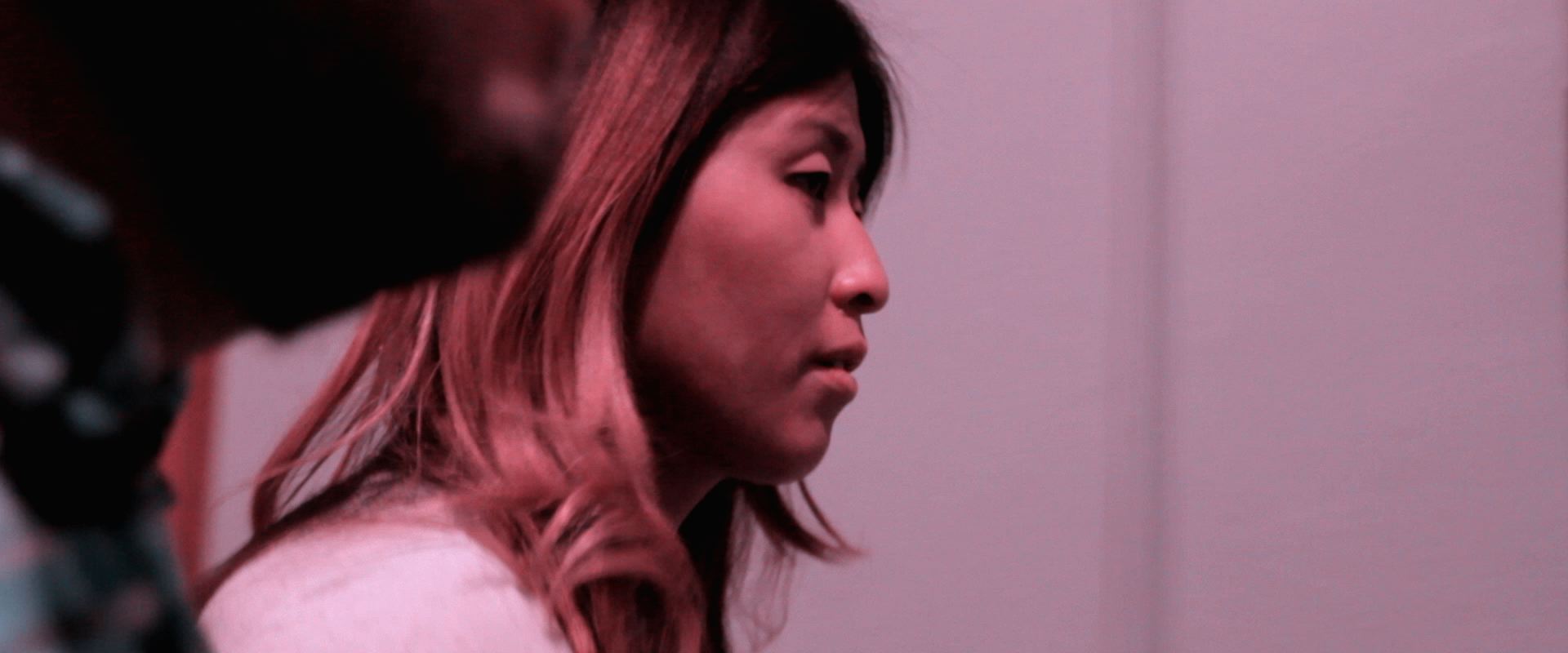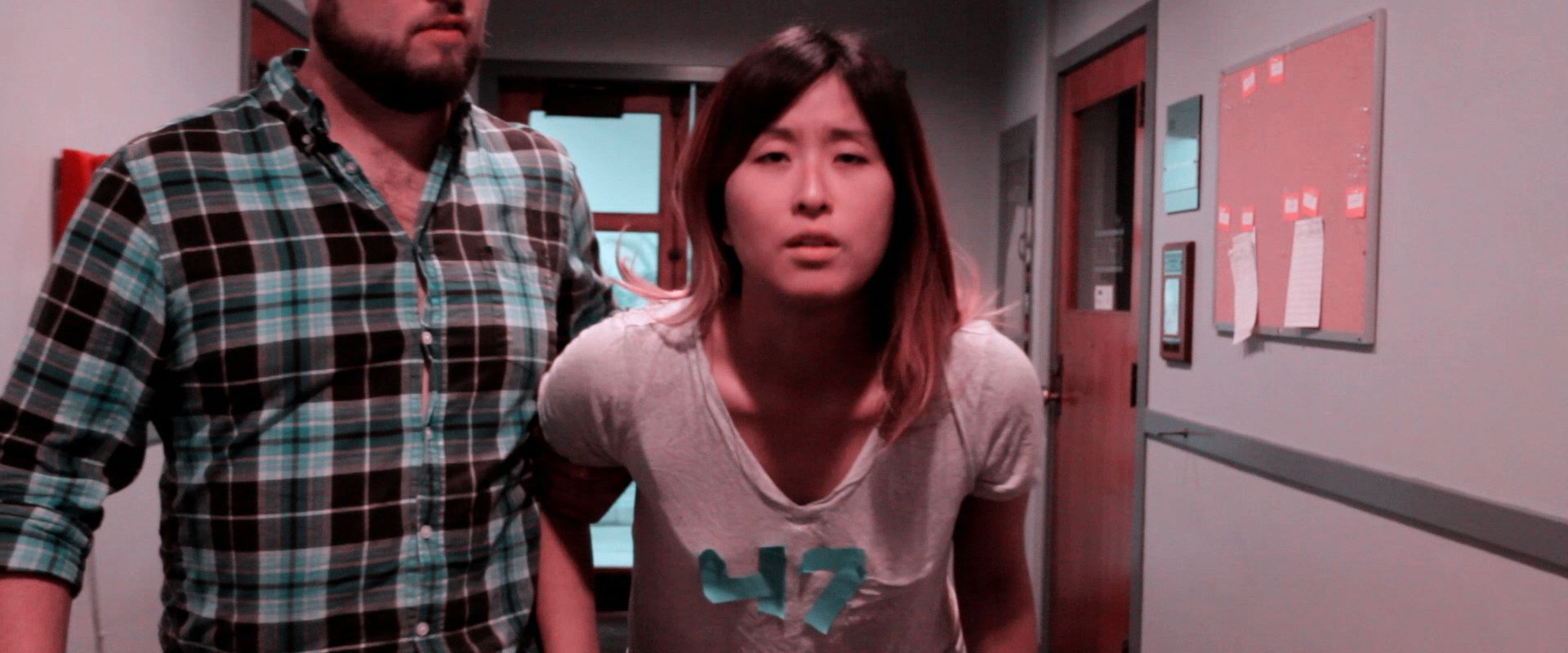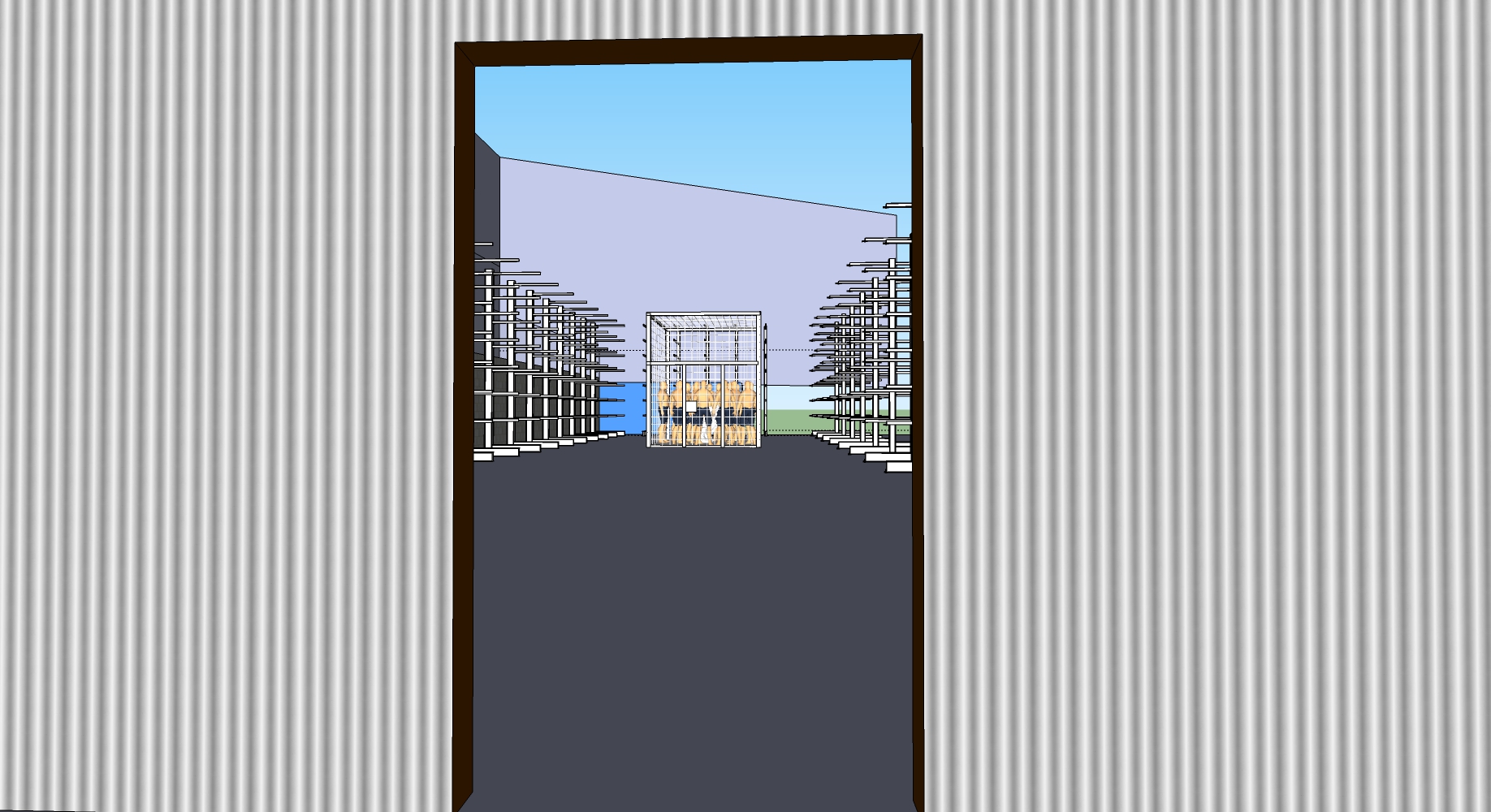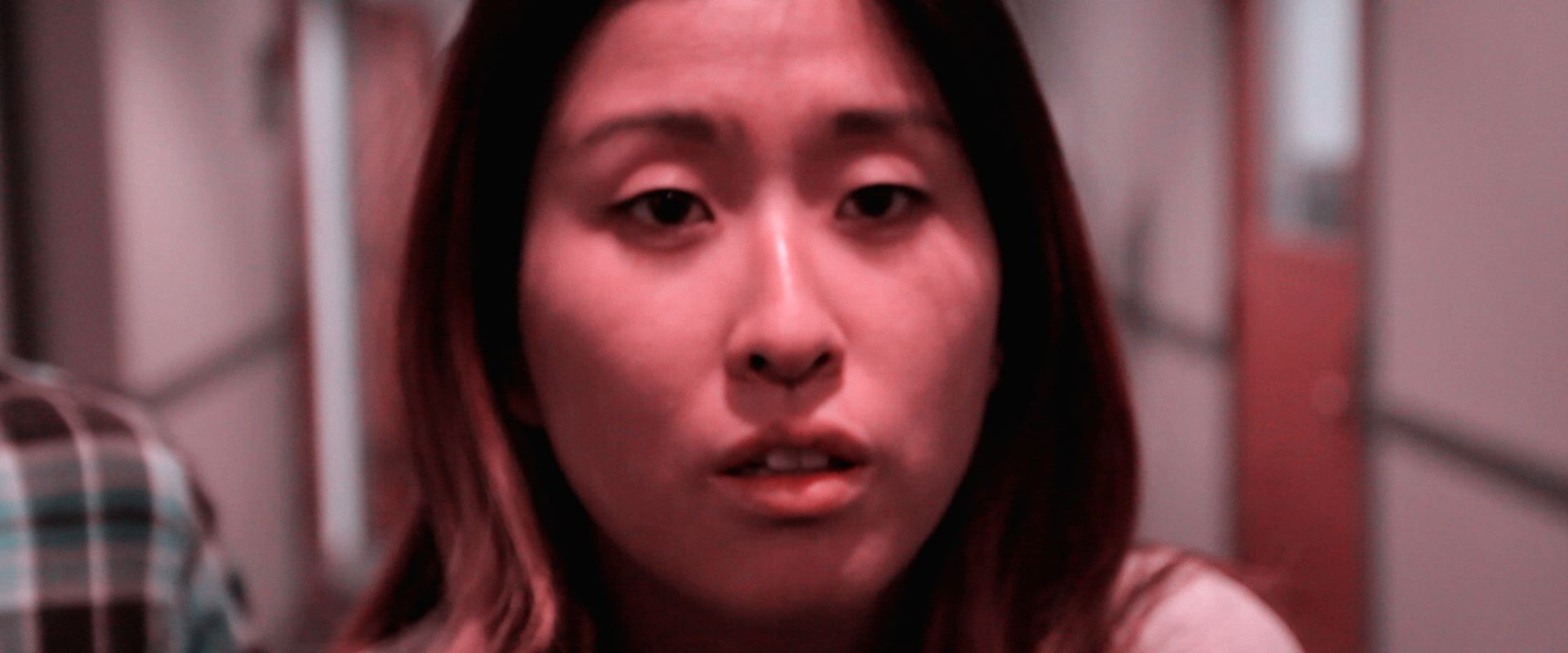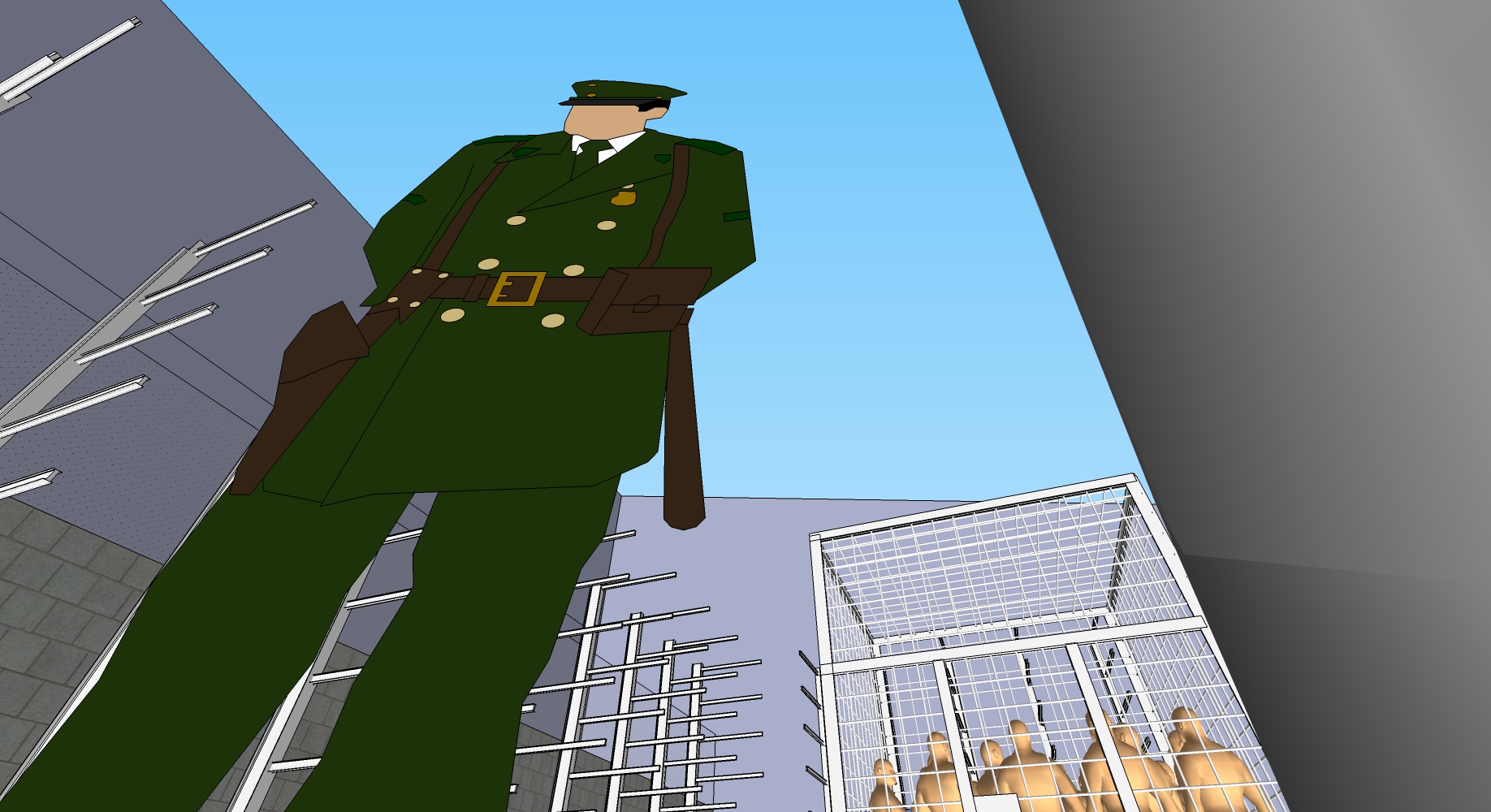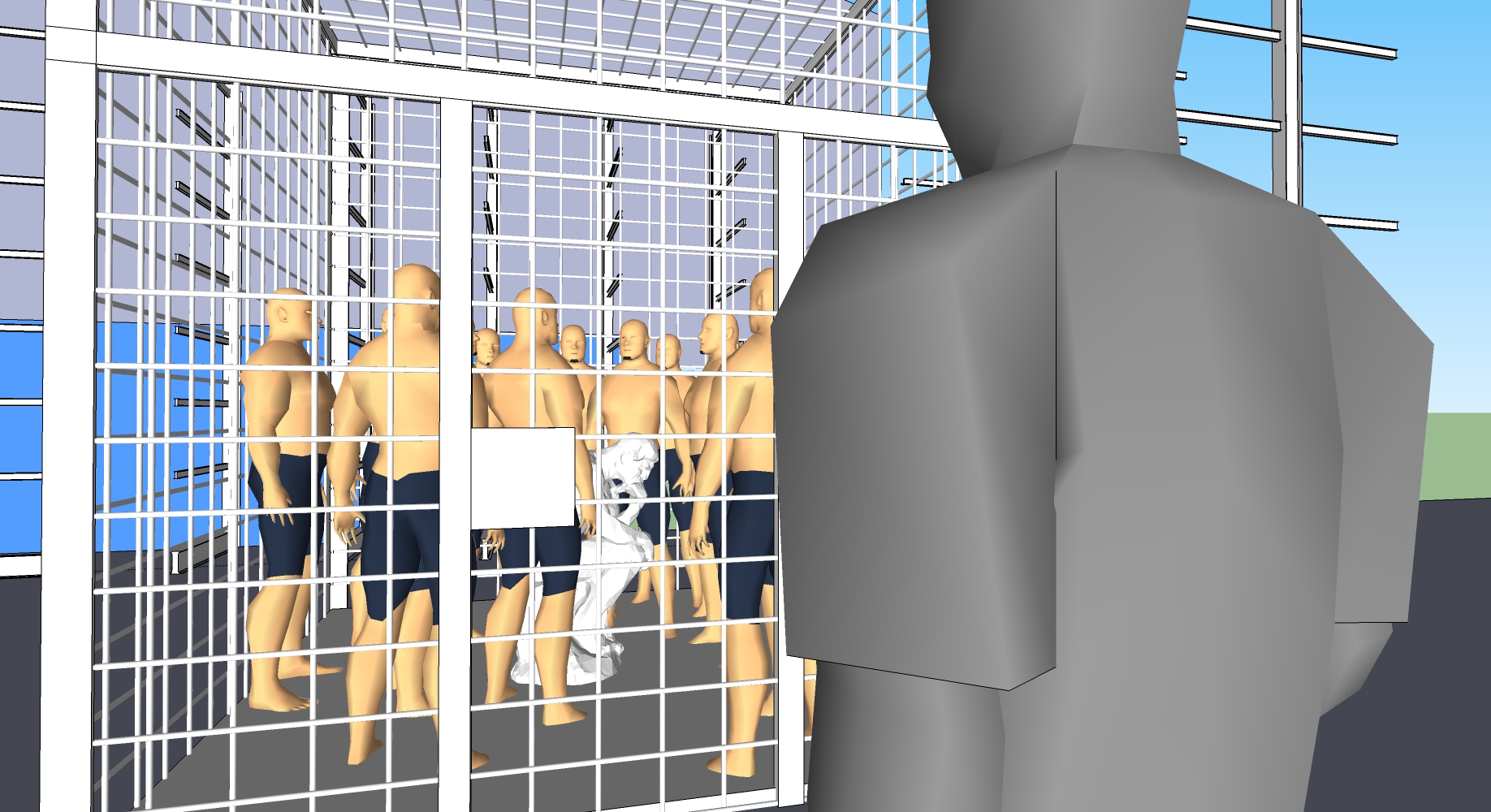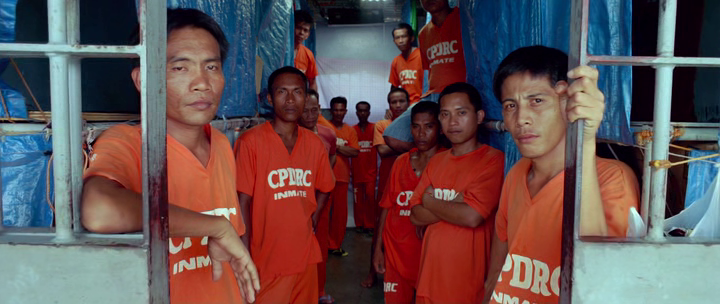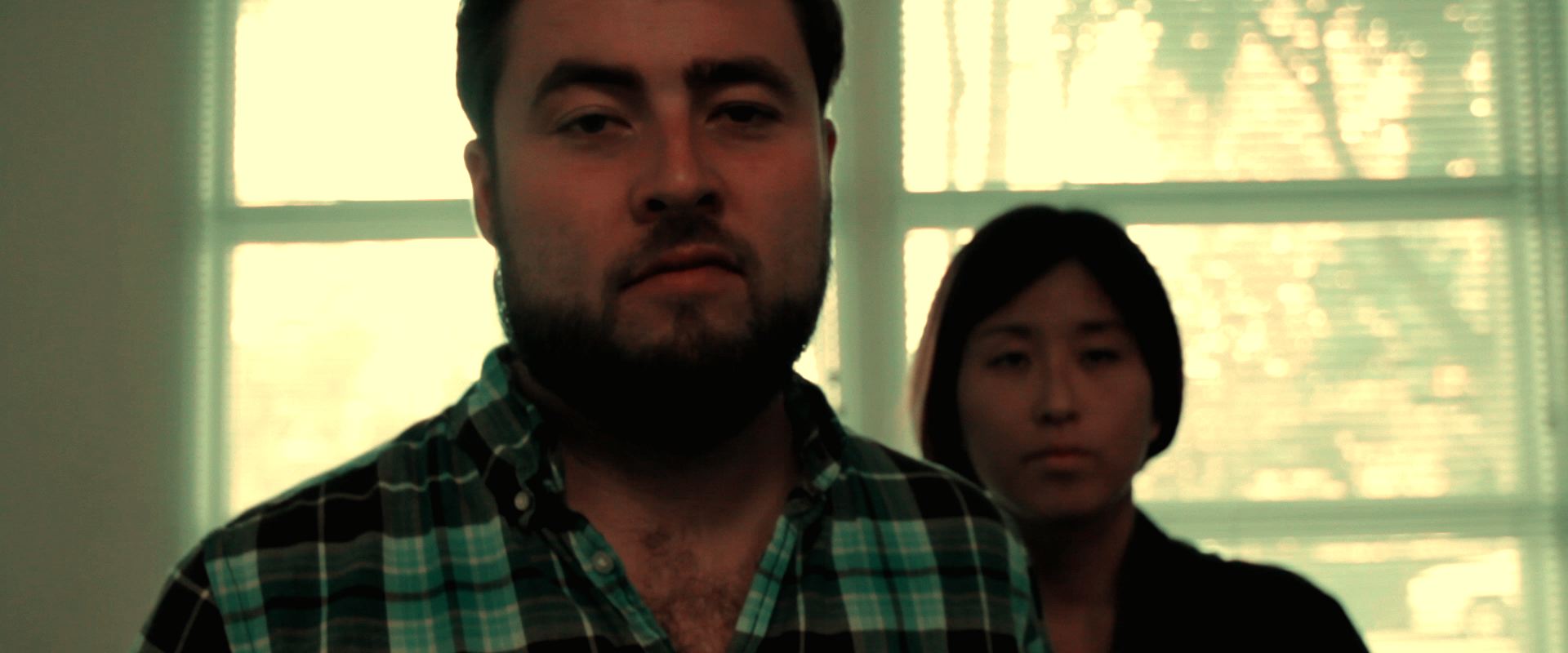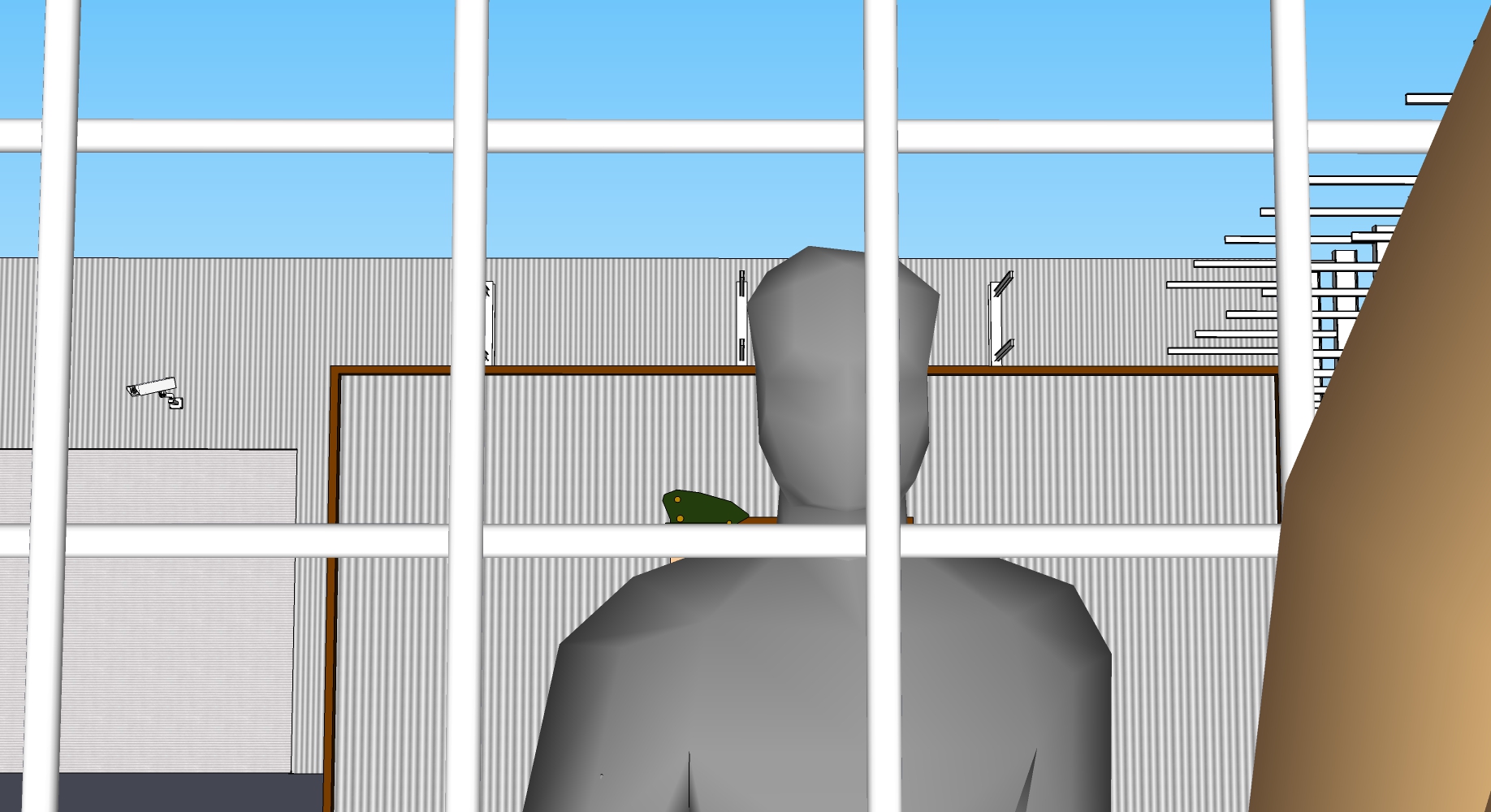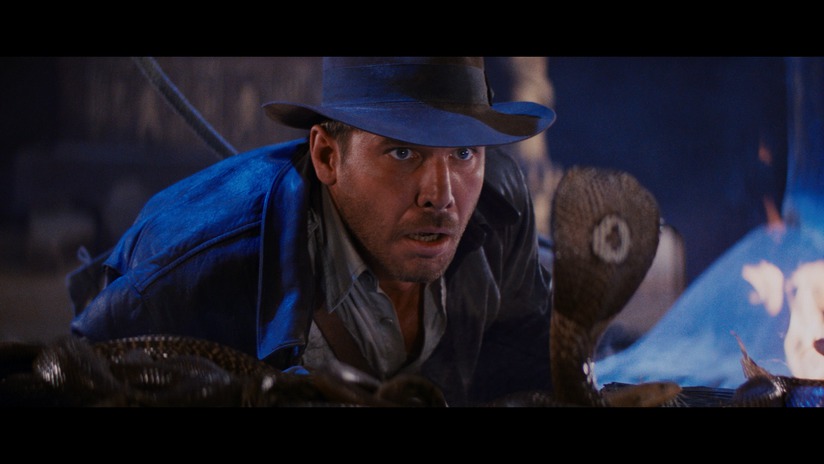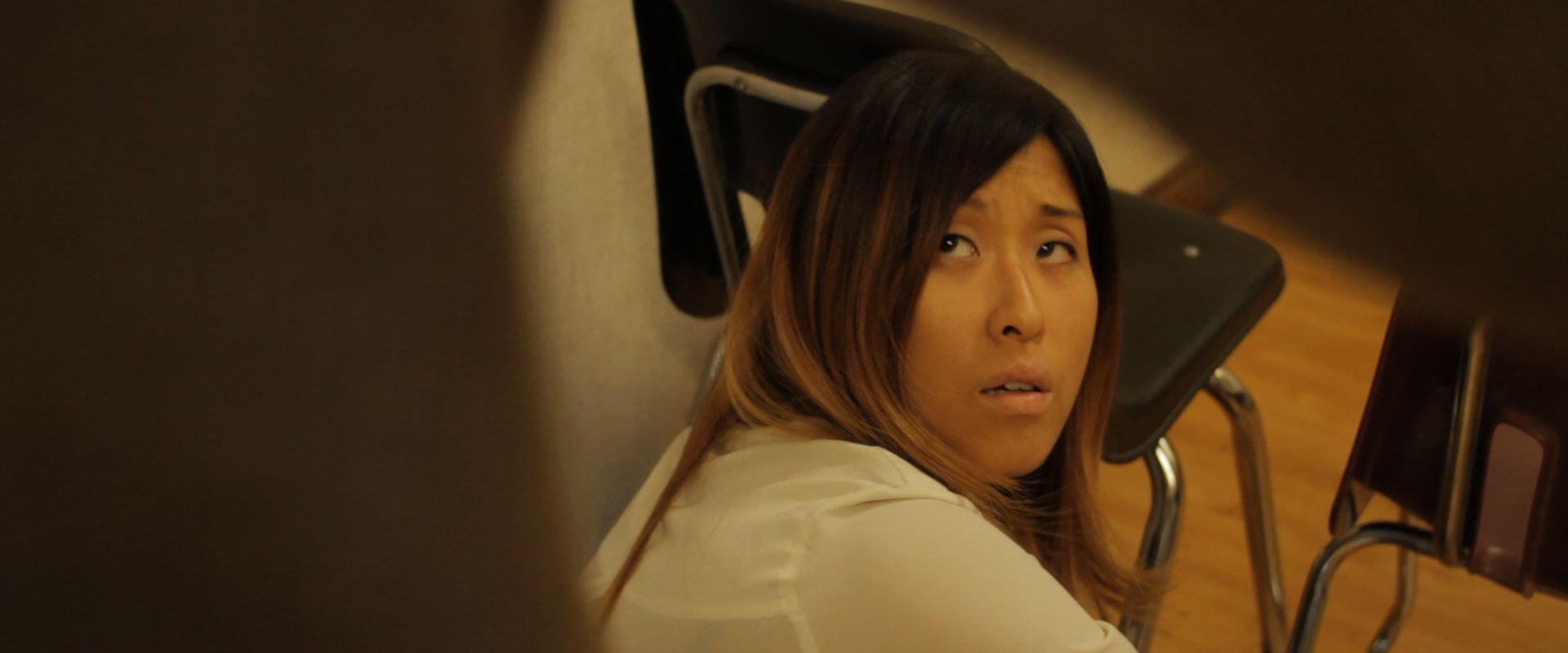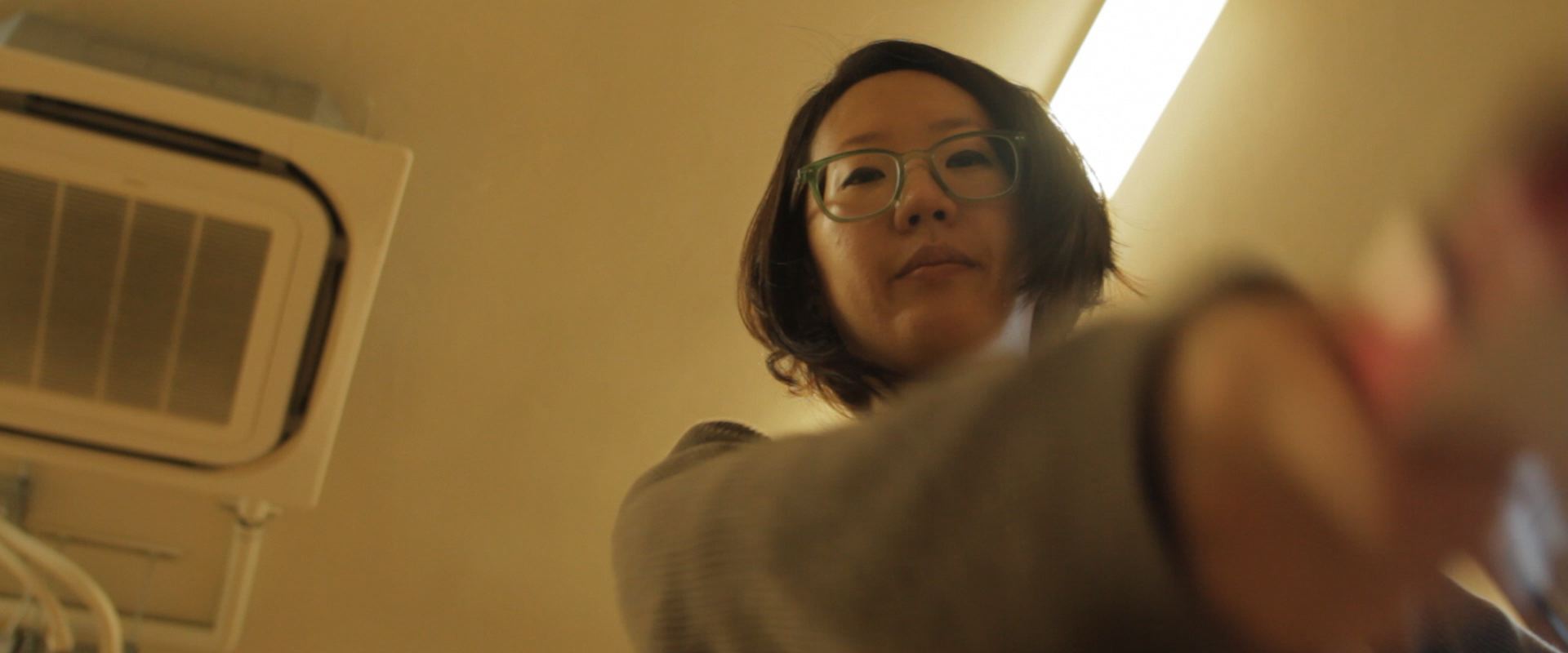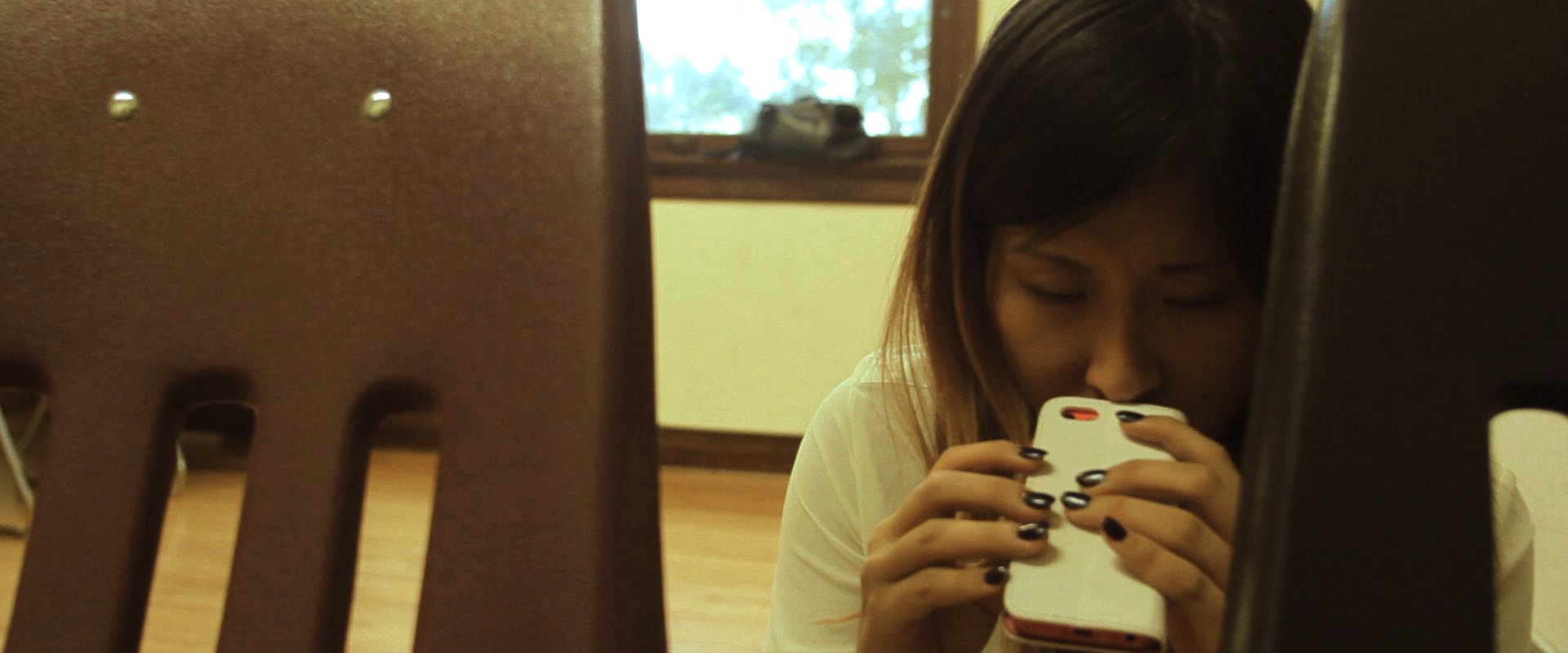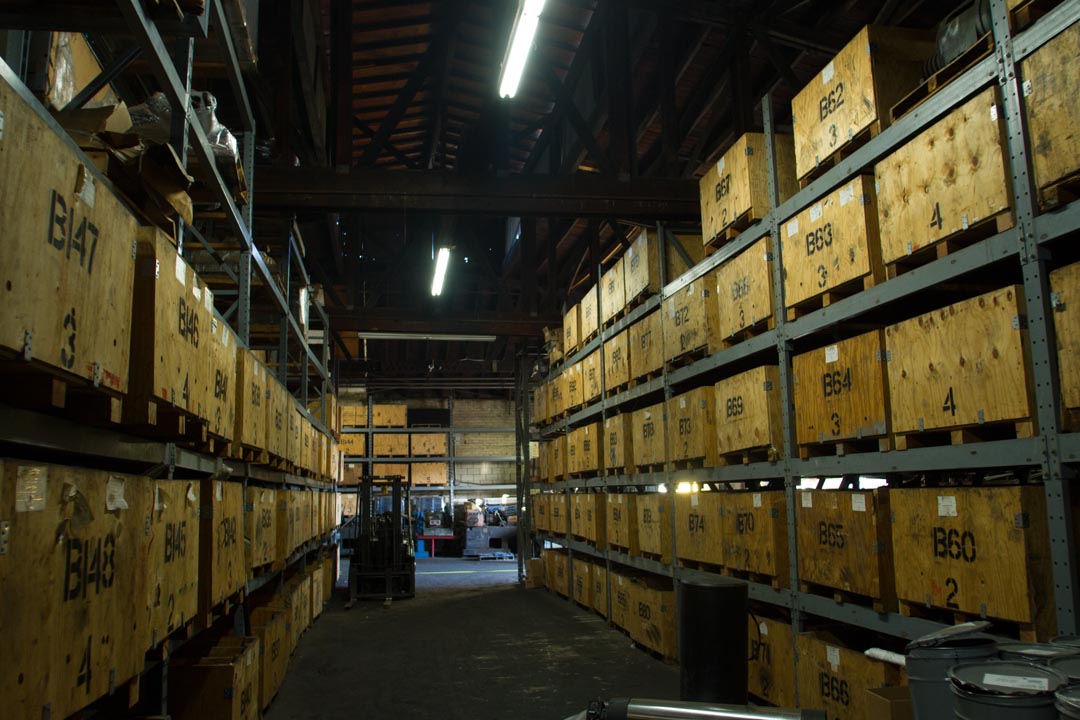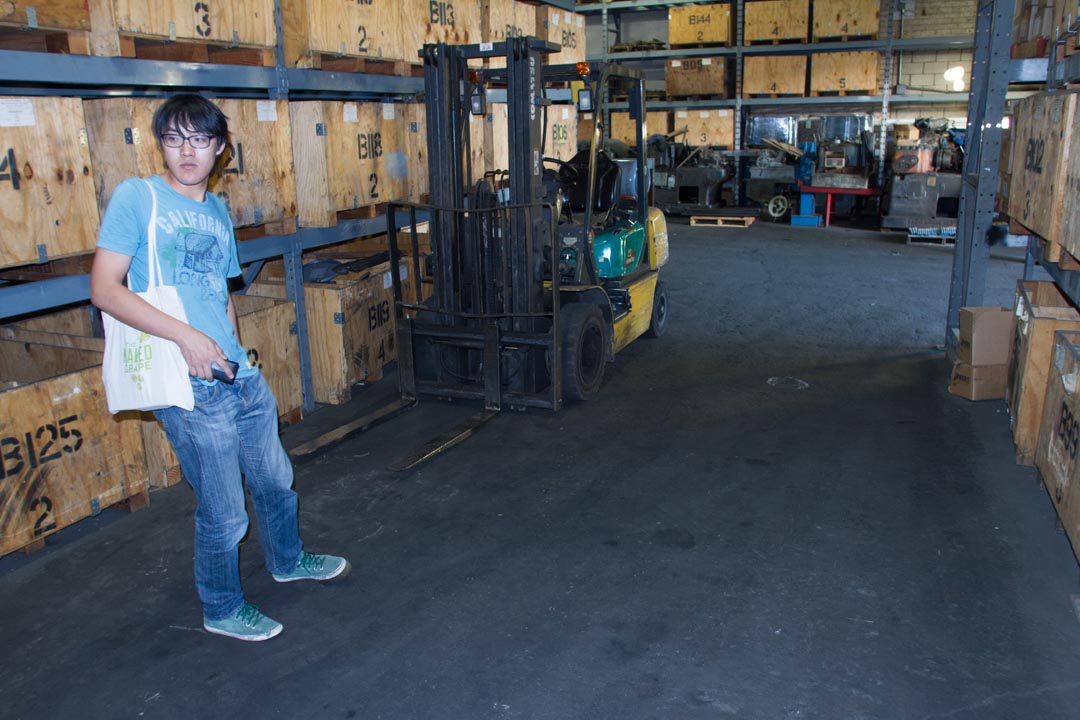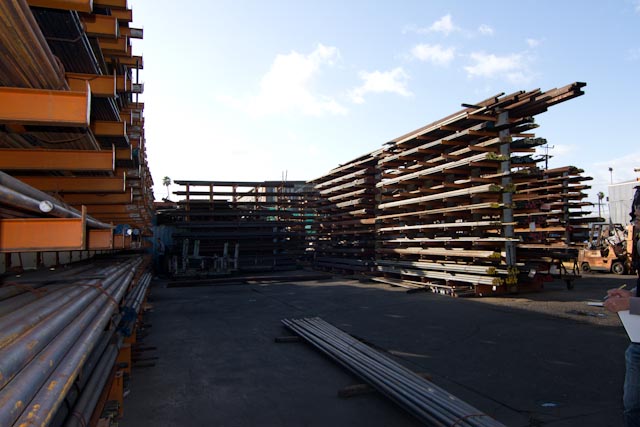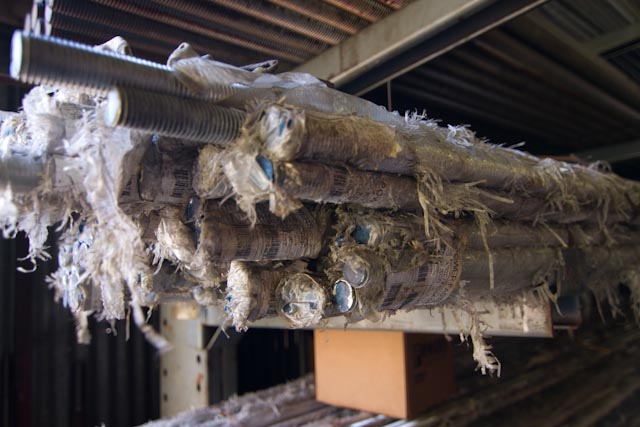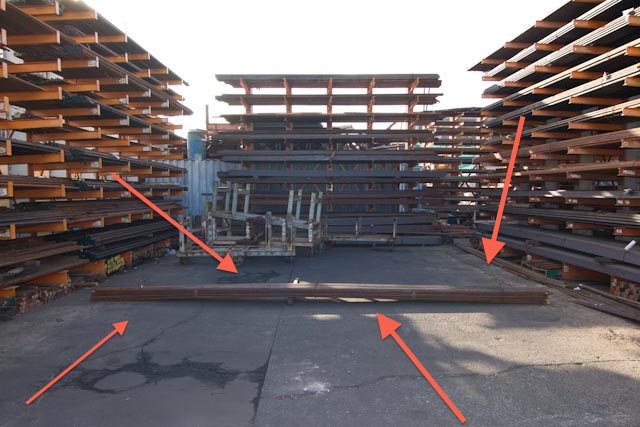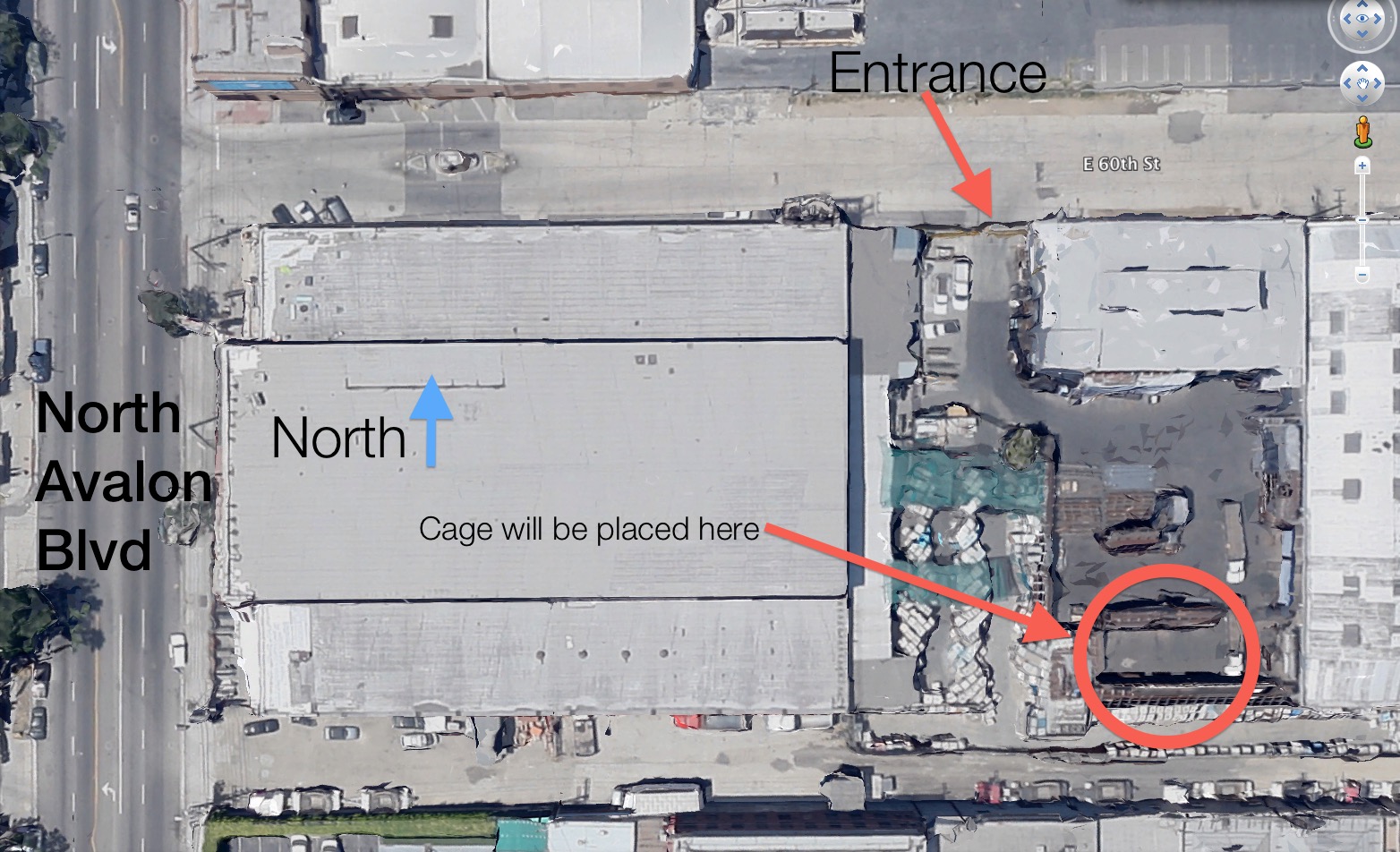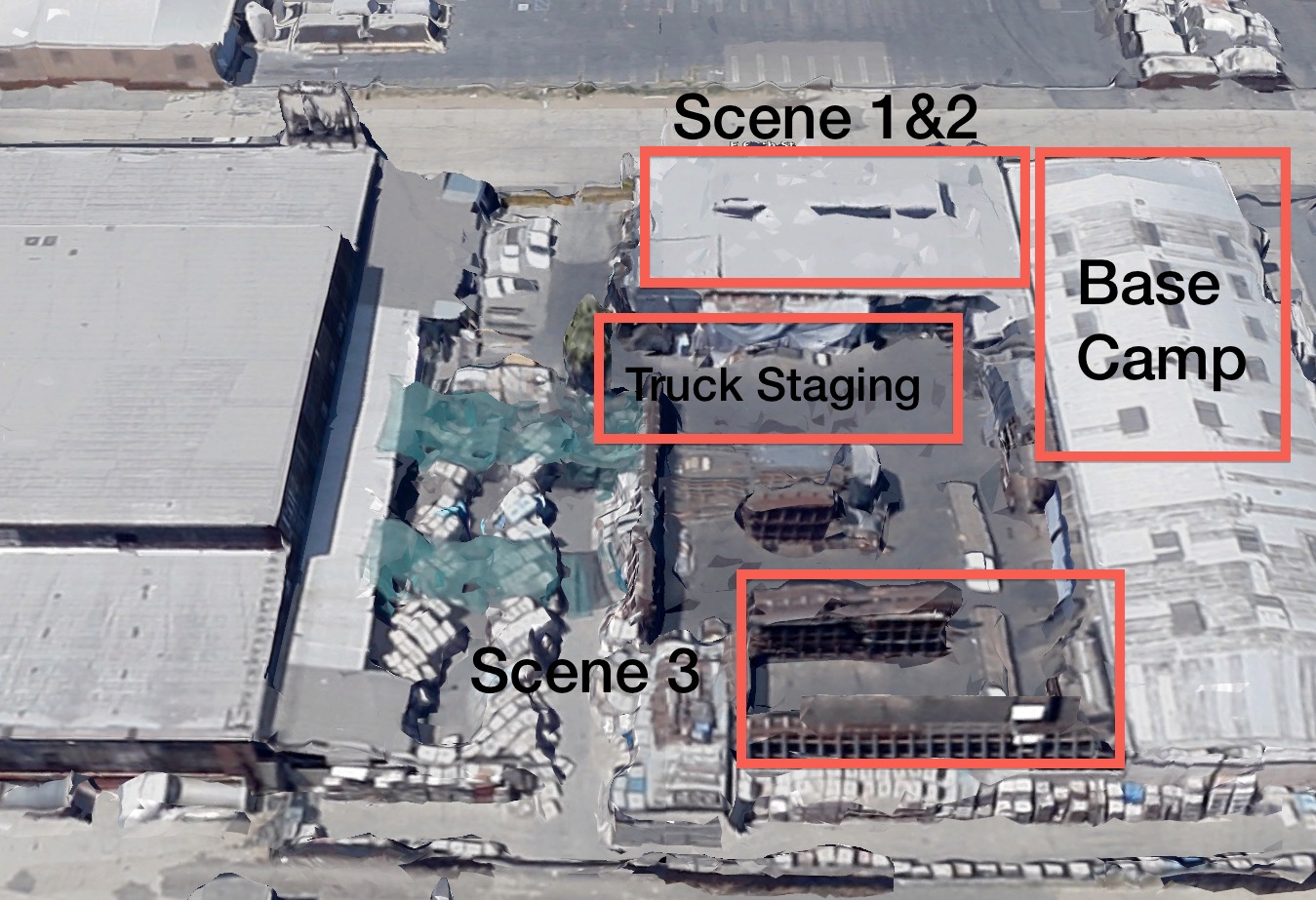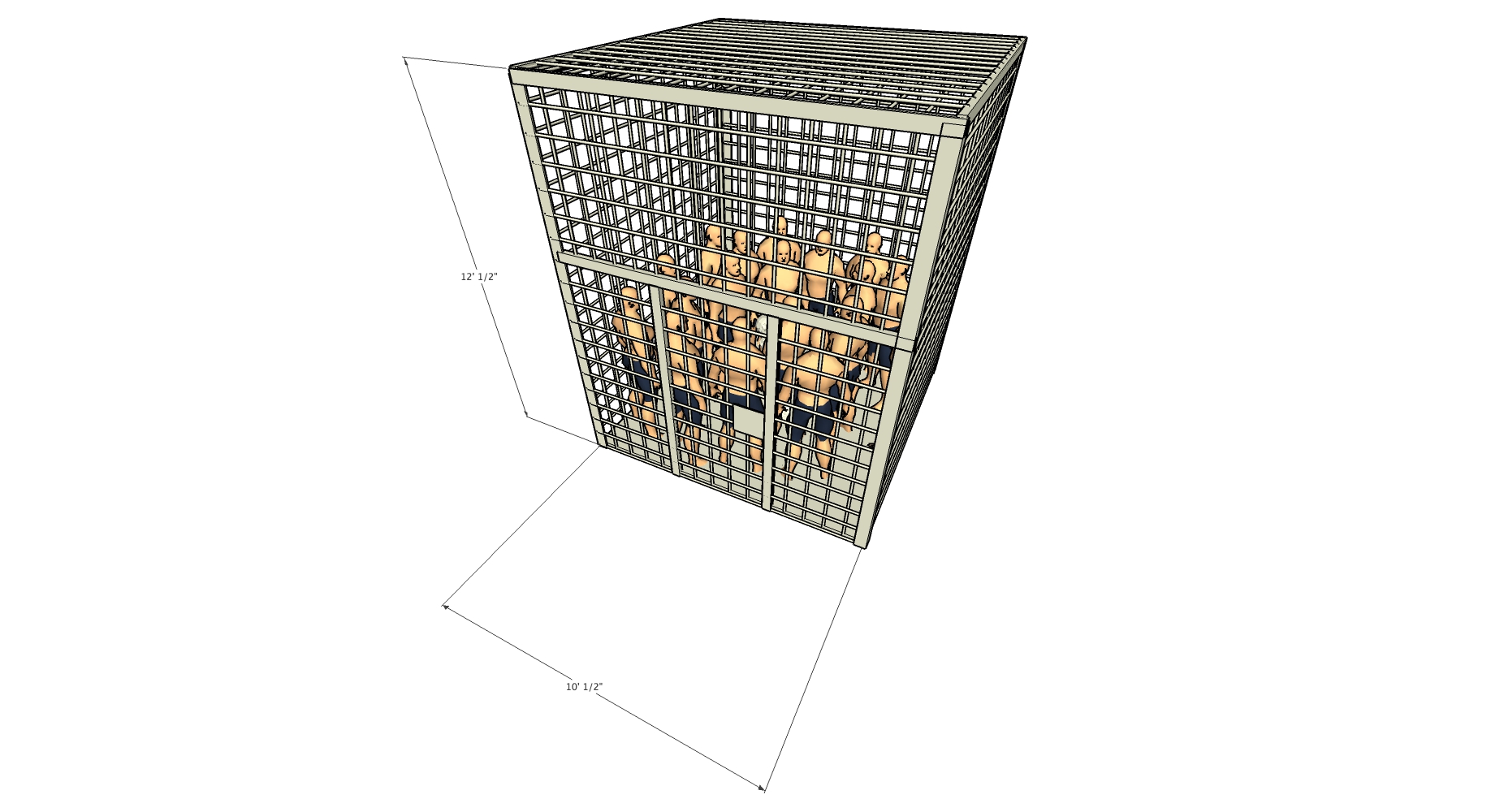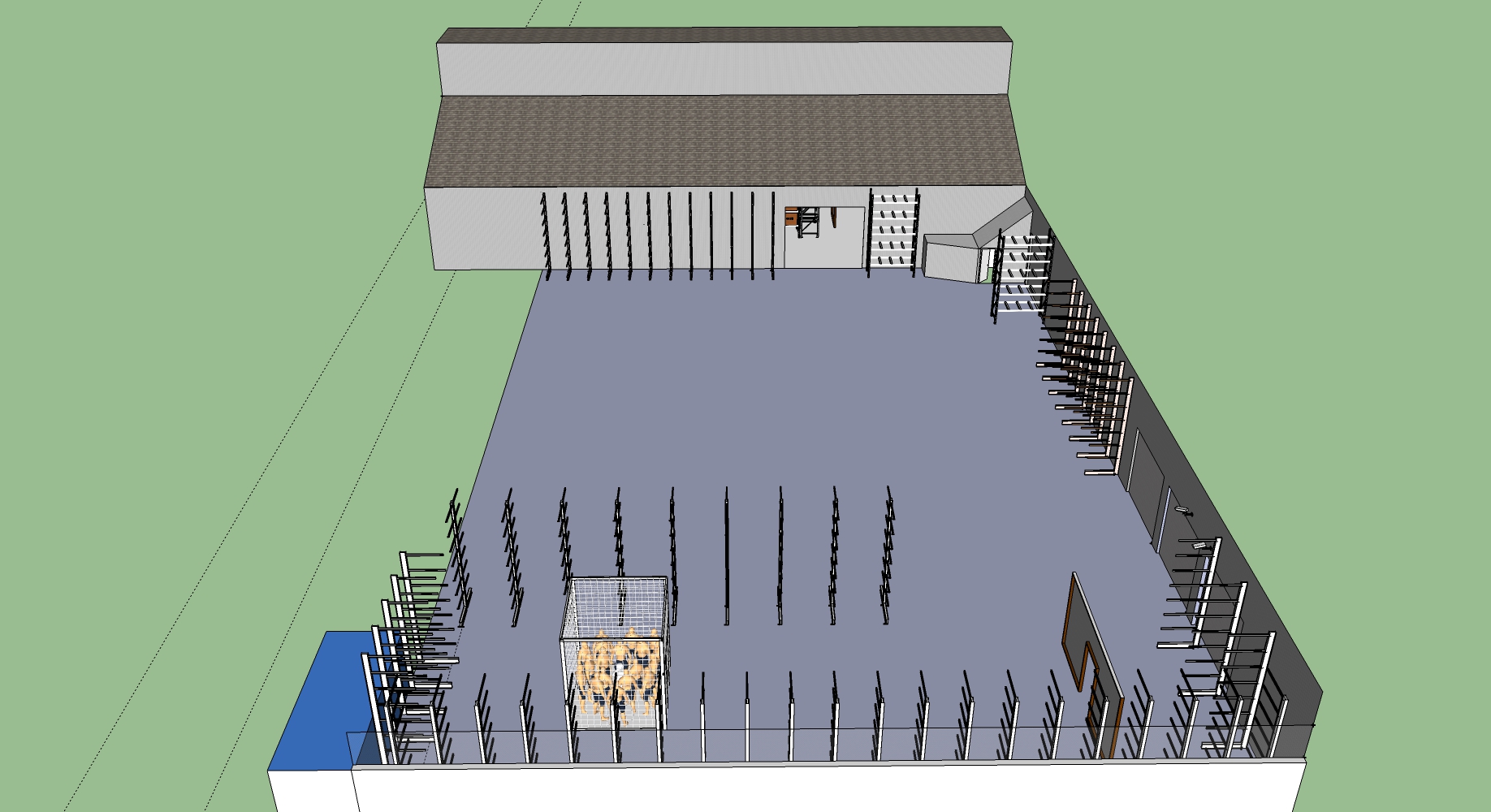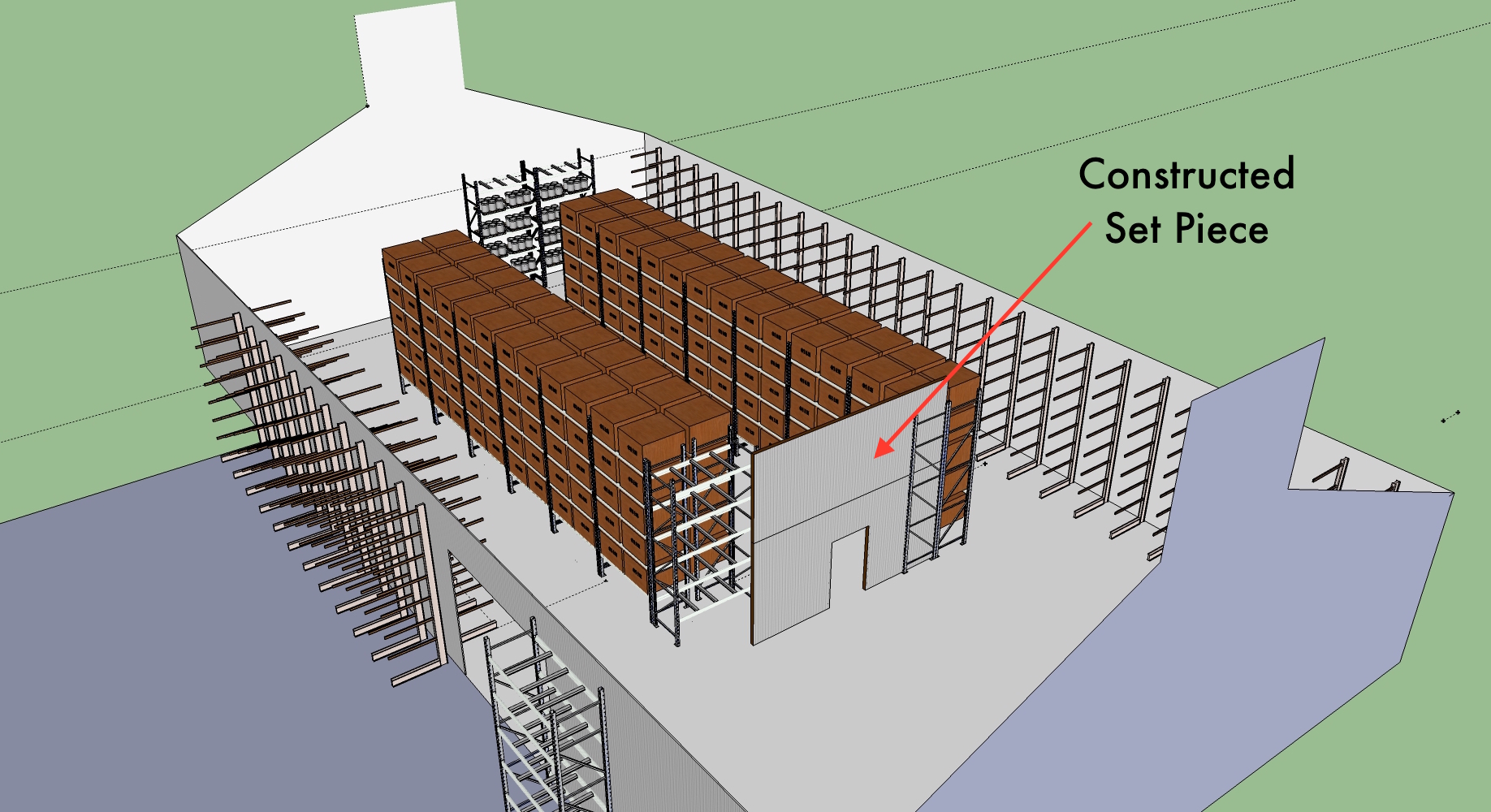Last meal was a short film I shot with my longtime collaborator, Yoko Okumura. Yoko and I graduated from the American Film Institute in 2014 and as of today, we've probably worked on nearly 20 projects together. The idea came about when Yoko had been going through her idea journal and she had recalled seeing an article about overpopulation in Guatemalan prisons. We looked up the article and found an exposé written by Giles Clarke written for Vice Magazine. Giles' description of the living conditions in the prisons are horrifying. One of the remarkable features of this prison is that they stuff 35 men to 12 x 18 cages. It's hard to imagine living like this for any time longer than an hour. There's nowhere to go to the bathroom, there's nowhere to wash cloths and there isn't much protecting them from the elements or each other.
The above images that Giles captured struck me and I decided to portray this scenario in a story about compassion. Yoko and I enlisted two of our friends—Haisu Wang and Caroline Post to do production design for us and we all began to search for references to inspire ourselves. These references fed directly into our storyboarding process as you'll see later in this post.
Video Storyboards
One thing I've been a fan of in the past is video storyboarding. This is something that I did extensively before I went to AFI, but I really embraced it during AFI as well. Most of my projects now don't allow enough time to shoot video storyboards, but I miss them. They can be a very clarifying part of the preproduction process. I feel that any director working with a DP that is new to them would get a lot out of it. It's like speed dating before your first date. You get a chance to see how each personality deals with trying to tell the story and prepares your mind for what you will have to do by the time you arrive and the crew is waiting.
From References to Execution
Below, I've put together a side by side comparison of where we started and where we finished. The first column is a reference that I thought would make sense in the story. The second column is images from the video storyboarding process and 3D's that I made in Google Sketchup. The third column is the final execution of the project.
Scouting, Sketchup and set Design
What I've done in the past is create the entire set in Sketchup nearly inch by inch during a scout. Sometimes this would take some patience on the part of the rest of the team, but I found that I could explore our locations virtually to find shots and interesting juxtapositions with the director later without having to take up the time of the producer or the location. Often, the people who own or manage a location don't want to sit around while the director and I are talking shots and set design. For this project, we had a few challenges—we needed a giant cage that was light enough to travel with, a giant wall to help us cheat the interior space and another wall to cheat the connection between the two spaces.
The Scout at Studios 60 turned out to be a random discovery. I had shot a bunch of AFI projects at their location in South LA and when our search for a prison location left us empty handed, we thought of maybe using Studios 60. However, the only location there that looked like it was appropriate was a warehouse full of carpets and rugs. When we had walked in, I remembered there was a giant bolt fabrication factory to the East and asked if we could look there. It turned out that Studios 60 owned that property as well! We took a look and realized that it was perfect! Long shelves of metal everywhere, rust and oily floors, it was exactly what I had imagined.
The next step of the process was setting up the logistics of where everyone would be during the shoot. I like to use Google Earth Pro to virtually scout locations before and after I've actually visited them. You can measure distances with nearly 1 foot accuracy and in some cases fly around a pretty good 3D of an outdoor space. I've noticed thin objects like phone poles don't translate well, but I think the advantage of seeing your location from a bird's eye view instantly is pretty amazing! I use Google Earth for scouting aerial projects as well when a proper scout isn't possible. For this project, we wanted a dirty industrial yard to help us with the textures. After looking through the location, we decided to put our first scenes inside the warehouse to the north and then put the cage in the enclosed nook to the South.
The final part of the process was designing the cage and arranging the space to fit the locations. I had originally built an entire set virtually, but when we finally found a location, I remade them in Sketchup. I had made a crude cage as well, but when we looked into transporting the cage, Haisu designed an accurate one in Sketchup and I began to use his in my models. In the end, we had a pretty accurate idea of what we wanted and that made it easier to shoot our storyboards.
All in all, I don't think it's possible to overthink a project. I think I went pretty far to ensure that I knew what I had to do to finish this project efficiently and while communicating with everyone on the team so all surprises on the shoot day would be pretty small. In the end, there were few surprises. I think it was the most fun I've had shooting a project. Here is the final product.
